
There are many reasons why you might want to connect a pair of wireless headphones to your TV. You might want a pair because you want to watch your movie in peace, blocking out the noise from the rest of the house. Or, maybe you’d like to watch an action movie at full volume, but you don’t want to disturb the rest of the family while they’re sleeping. A pair of wireless headphones may be just the type of tech you’ll use all the time.
If you just bought a new TV and you’re having it installed by Geek Squad Agent, you can ask them for the best way to connect your wireless headphones to your TV. If you’d like to connect your headphones to your existing TV, there are a few easy ways you can do so on your own.
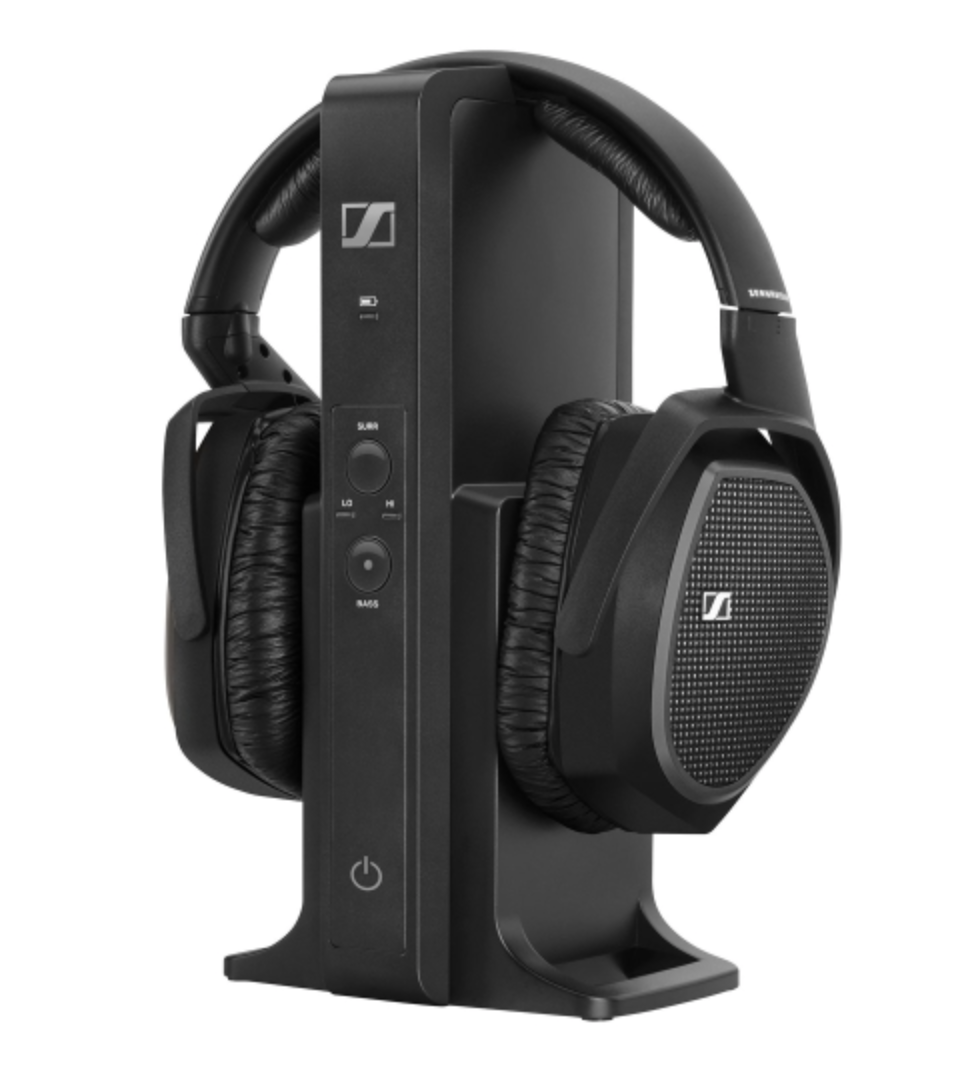
1. Use radio frequency-enabled headphones
There’s a really easy way to connect wireless headphones to your TV. All you have to do is get a radio frequency-enabled set like those offered by Sennheiser.
Radio frequency headphones work by transmitting audio signals wirelessly from a base station to the headphones via radio waves. The radio waves are received by a built-in radio receiver in the headphones, then converted back into an audio signal that is played back through the headphone speakers.
The system is basically ready out of the box. To set up you just have to plug the charge base into the wall and plug the relevant audio outs from your TV into the side or bottom of the unit. From there, just turn the unit on, grab your headphones, and enjoy watching your favourite movie or TV show.
Features on radio frequency-enabled headphones
Radio frequency enabled headphones are Bluetooth headphones designed for watching TV. Not only do they produce high quality audio for everything you’re watching, they have a long range of up to 300 feet if you’d like to wander around the house while staying connected to the TV.
Some types of radio frequency headphones have multiple channels so you can switch audio sources. They also have a long battery life of up to 20 hours of continuous watching. Some models also offer a docking station that works as a transmitter for your audio as well as a spot to charge your headphones.
If you’re shopping for a pair of Bluetooth headphones specifically for watching TV, you’ll want to look at noise-cancelling headphones that are over ear or on ear. This type of headphone has comfortable earcups so you can wear them for hours. The design adds a level of noise cancelling, and some models have active noise cancelling modes so you can connect to your TV and everything but the sound from your TV will be blocked. You can read more about the different features of headphones in the headphone buying guide.
2. Use a Bluetooth-enabled TV
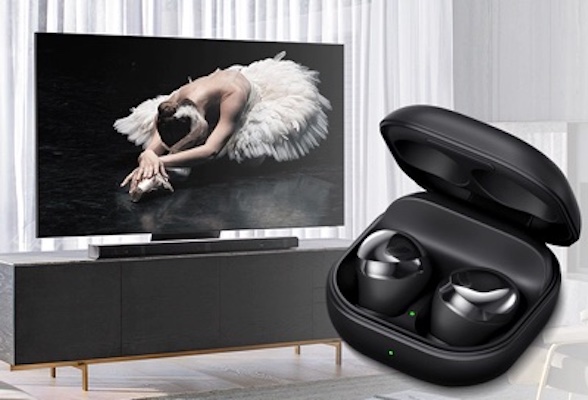
If you’ve purchased your TV within the past couple of years and it’s from one of the leading brands, chances are your TV has Bluetooth enabled. Many smart TVs offer Bluetooth as part of their operating systems, and to connect all you’ll need is a pair of wireless Bluetooth headphones.
You’ll find Bluetooth built into smart TVs from Samsung, LG, Sony, and TCL. You can choose from many different types of TVs including OLED TVs, Nanocell, and QLED. To connect your headphones to a Bluetooth-compatible TV you’ll turn Bluetooth on in your TV’s menu, open your phone’s Bluetooth menu, and search for your TV by name. Once you find it and connect you should be able to hear your TV’s audio.
Connect your headphones to your TV’s app
There’s another easy way to connect your headphones to a smart TV. Some brands offer compatible apps you can use to control your TV, and you can use the app to connect to your headphones so you can listen to your content solo. It’s a feature available with some types of TCL Roku TVs and on certain models of Roku media streaming devices.
3. Retrofitting your TV to add Bluetooth
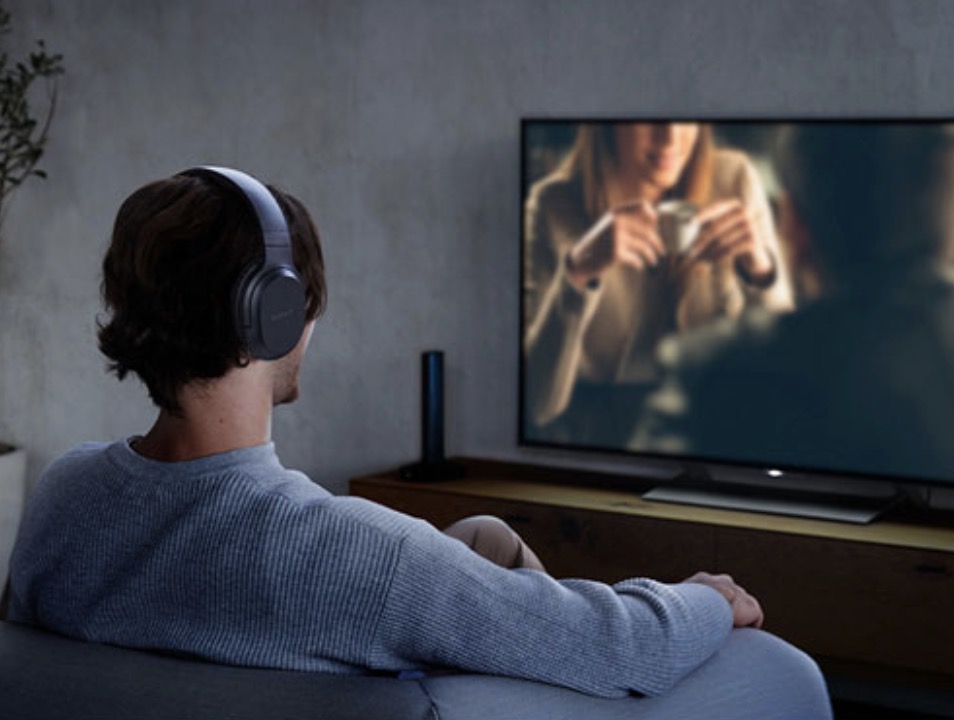
Your third option for connecting wireless headphones to your TV is to retrofit your existing TV to support a Bluetooth headset. To do so you’ll need to check your TV to see if it has a 3.5mm audio jack anywhere in the back. The audio jack is where you plug a normal set of wired headphones in. If your TV doesn’t have a 3.5mm audio jack, you’ll need to add an analog to digital converter.
If you do have an audio jack then you’ll need to add a Bluetooth dongle/adapter. With this method, it’s likely you’re only going to have one pair of headphones working at once. If you need more than one pair connected at the same time, you’ll want to find an adapter that will support more than one set of headphones. Once you have your Bluetooth dongle you’ll just plug it into your audio jack and you’ll be able to connect your Bluetooth headphones to your TV.
If you need help with any of these tips, just head online and chat with a Geek Squad agent or visit them in store. Before you know it you’ll be able to slip on your headphones, kick back, and enjoy your favourite TV shows, movies, and games without being disturbed or disturbing anyone else. You can shop for wireless headphones to connect to your TV right now at Best Buy.


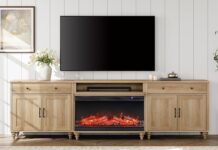
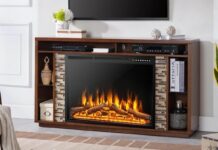
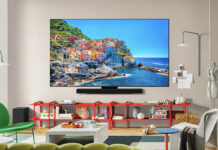
Does anyone have experience with Bluetooth enabled hearing aids
I have a little dongle that plugs into my headphone jack and can pair to bluetooth headphones. It works great, but it either needs to be plugged in so it charges, or you risk it cutting out on you.
Conntecting bluetooth headphones to a tv is a great way to keep the volume down so you don’t disturb others in your home that may require quiet!
Comments are closed.